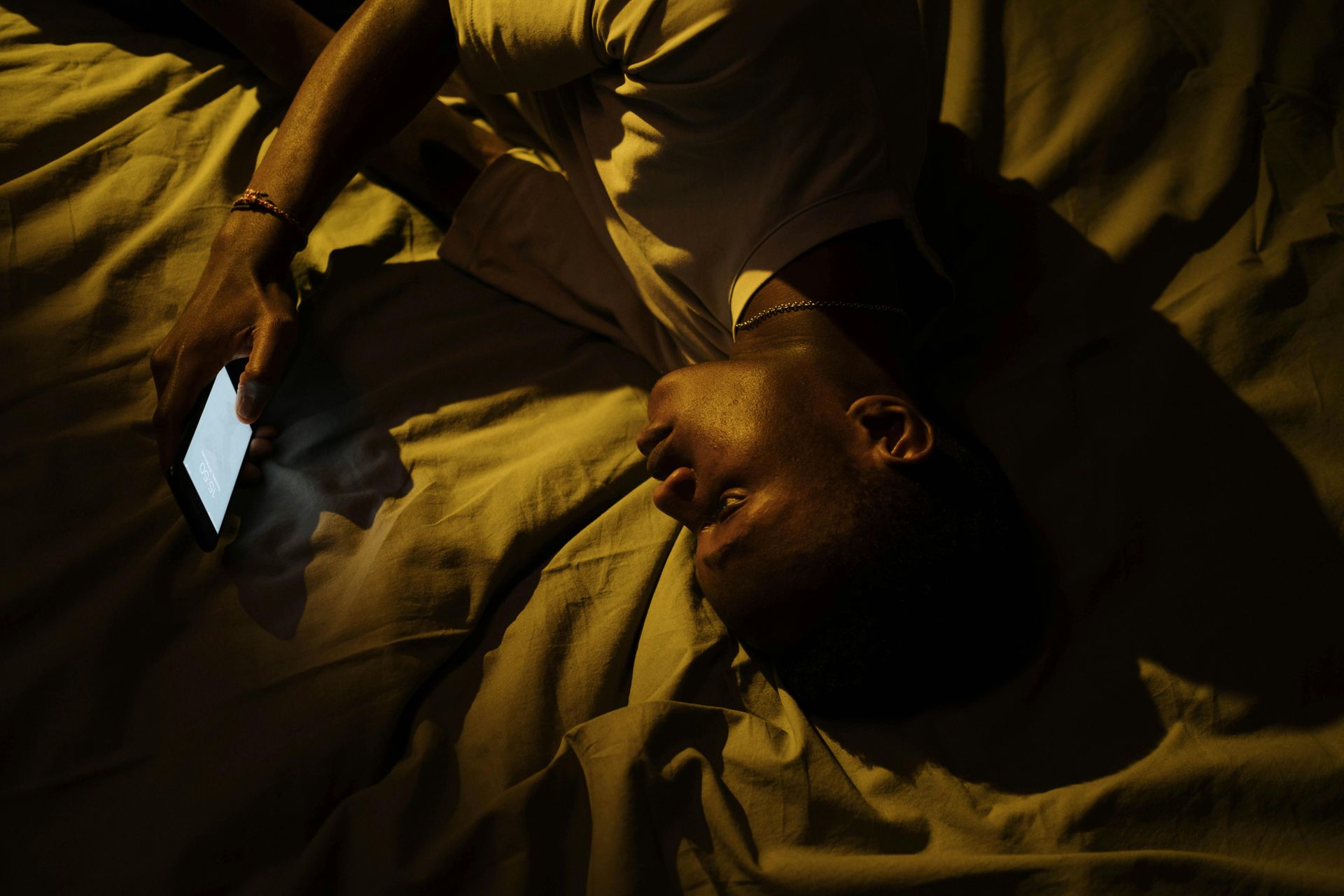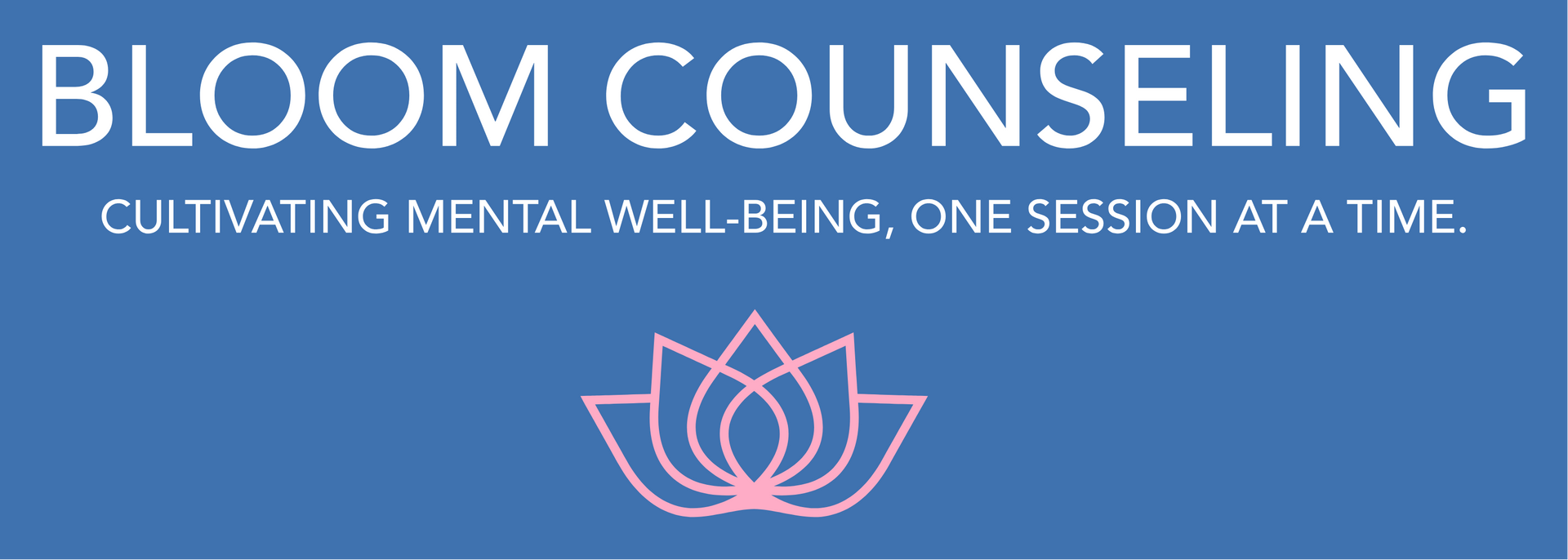Is it Anxiety? Recognizing the Signs
Anxiety is a common human emotion, but when it becomes excessive and persistent, it may indicate an anxiety disorder. Recognizing the signs can be the first step towards seeking help and finding relief.
What is Anxiety?
Anxiety is a feeling of unease, worry, or fear. It's a normal human emotion experienced in response to stress or uncertainty. However, when anxiety becomes overwhelming, interferes with daily life, or is disproportionate to the situation, it may be a sign of an anxiety disorder.
Common Signs of Anxiety
While everyone experiences anxiety differently, some common signs include:
- Excessive worry: Constant worrying about various life aspects, often without a clear solution.
- Restlessness: Feeling on edge, unable to relax, or having difficulty sitting still.
- Fatigue: Persistent tiredness or exhaustion, even after adequate sleep.
- Difficulty concentrating: Finding it challenging to focus or maintain attention.
- Irritability: Feeling easily annoyed or frustrated.
- Muscle tension: Experiencing physical symptoms like headaches, neck pain, or muscle aches.
- Sleep disturbances: Difficulty falling asleep, staying asleep, or experiencing restless sleep.
Physical Symptoms of Anxiety
Anxiety can also manifest as physical symptoms, such as:
- Rapid heartbeat or palpitations
- Sweating
- Shortness of breath
- Dry mouth
- Nausea or upset stomach
- Dizziness or lightheadedness
When to Seek Help
It's essential to work with a qualified EMDR therapist to experience the full benefits of this treatment. If you're struggling with anxiety, consider exploring EMDR Therapy with Bloom Professional Counseling as a potential path to healing and recovery.
Remember, anxiety is treatable, and seeking help is a sign of strength, not weakness.











